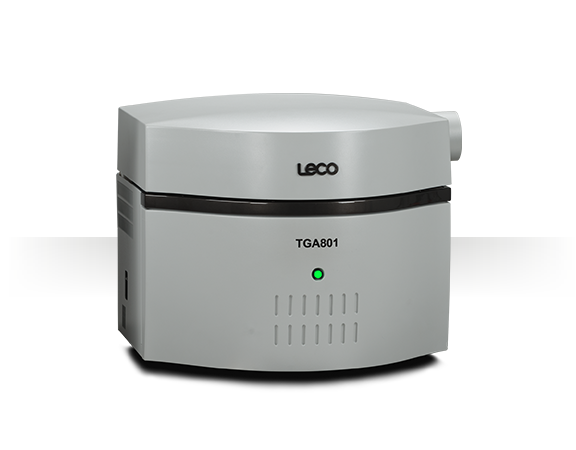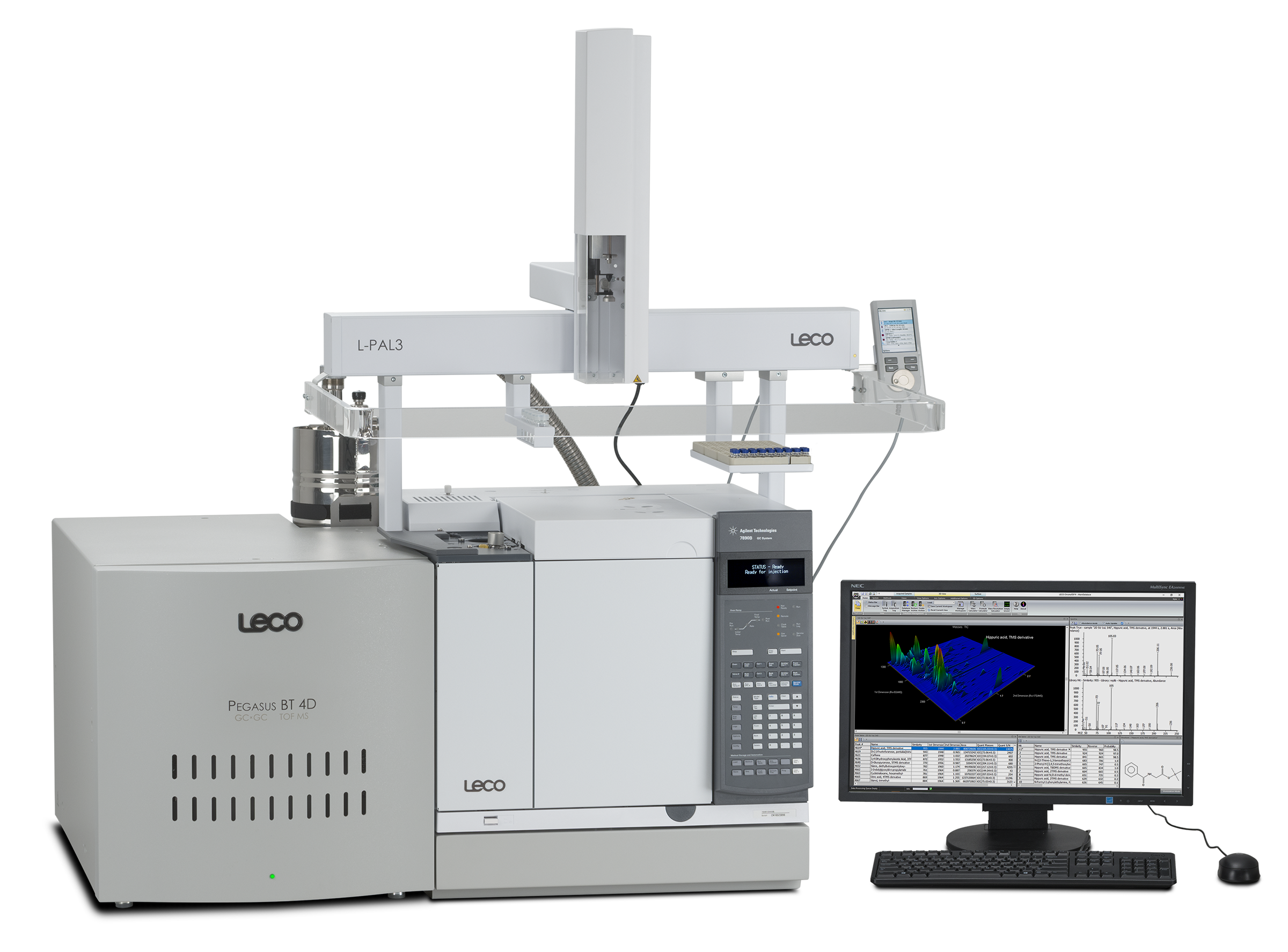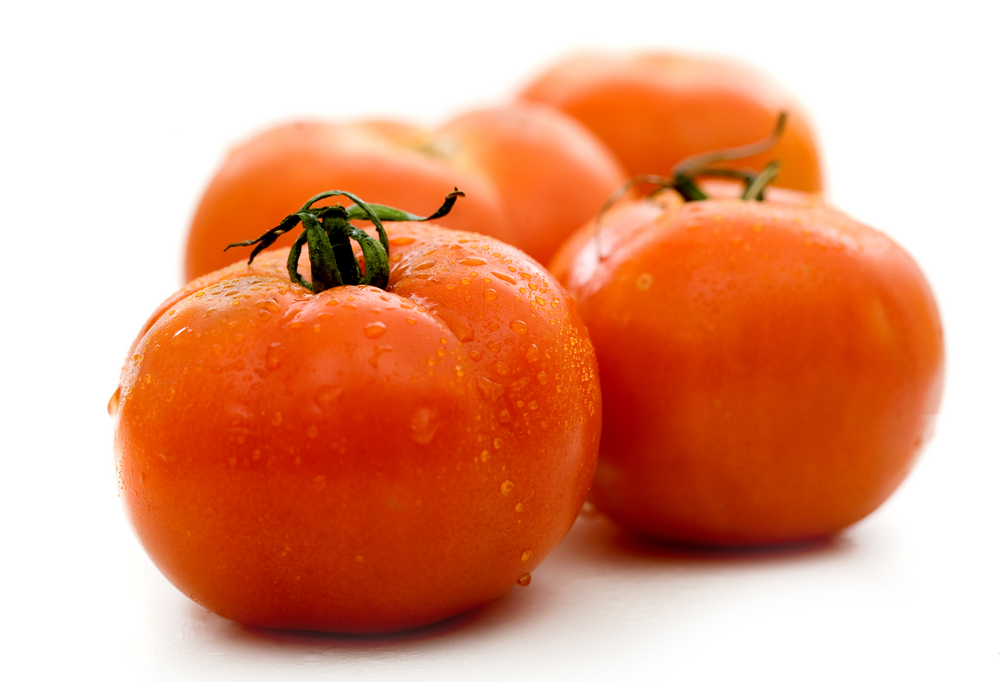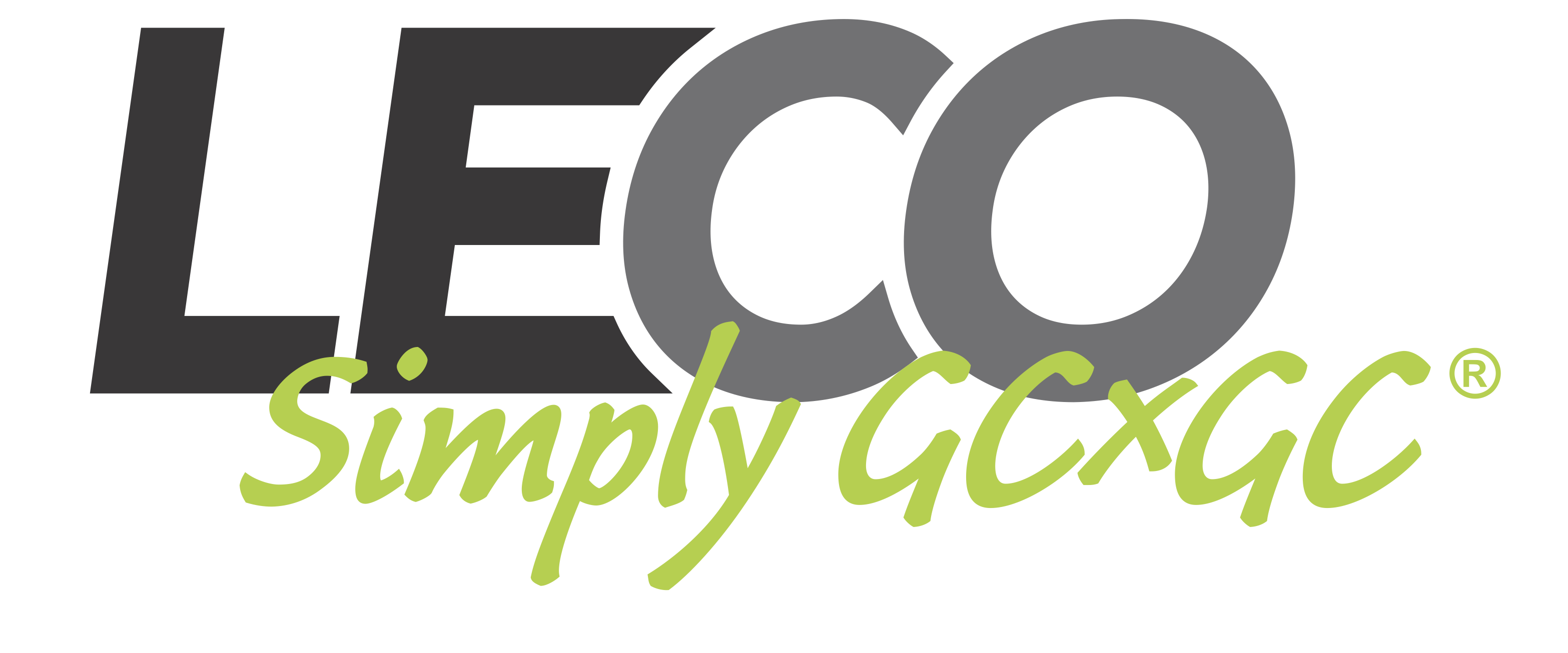Bakelite, Lucite, epoxy, or acrylic? Hot or cold? Compression or castable? With all of the options available for mounting materials, it can be difficult to know which one is the best option for your sample or why it even matters. However, your choice of mounting material is important, and it can affect the final quality of your prepared sample.
Read More…Recent Posts
LECO Australia Latest News (Page 4 of 47)
Topics: Mounting, Metallographic Science, MX Series
Running and maintaining a full analytical laboratory can be more cost than a company can afford, but what other options are there for a small business looking for quality control and regulatory compliance? Independent testing and consulting laboratories groups such as the Tentamus Group, can fill that gap. One of its laboratories, bilacon, specializes in the safety of food, feed, food supplements, and cosmetics.
In a recent interview with eFOOD-Lab International, Benjamin Ende, a state-certified food chemist with bilacon, talked about the benefits of LECO's TGA801 thermogravimetric analyzer in his lab's day-to-day operations.
Read More…For years, environmentalists have known about the contamination of DDT in the ocean waters off the California coast. Montrose Chemical Corporation, the largest producer of DDT in the United States from 1947 until 1982, was infamously dumping chemical waste from their manufacturing process into the sewer system, contaminating the Palos Verde Shelf and eventually requiring the area to be designated as a Superfund site in an attempt to clean up the environmental damage. However, the known DDT contamination did not seem to be enough to explain the abnormally high cancer rates in the local sea lions.
Chasing a hunch, David Valentine, a professor of geochemistry and microbiology at UC Santa Barbara, dove deeper.
Read More…The LECO Analytical Applications Poster Competition (LA2PC) 2020-2021 recently wrapped up, showcasing 15 incredible posters highlighting the applications of LECO instruments in our users' work and research. A hearty congratulations goes to our winners: Karl Hornsby, Martin J. Taylor, Vasiliki Skoulou | University of Hull, Peter Hurst | Biorenewables Development Centre – BDC, and Simon Walker | Jesmond Engineering Limited. Their poster, "Pretreating lignocellulosic biomass wastes for the next generation of solid fuels" is a fantastic look into the search for new solid fuels.
Read More…Food contamination by mineral oil hydrocarbons (MOH), which is usually separated into the subclasses of MOSH (Mineral Oil Saturated Hydrocarbons) and MOAH (Mineral Oil Aromatic Hydrocarbons), is a growing concern across the EU and the world. In 2012, the European Food Safety Authority flagged them as a potential health concern, and the increasing research since then has only been expanding our understanding of these hydrocarbons. However, the two main analytical methods suggested to quantify these substances, either an off-line method consisting of a solid phase extraction (SPE) followed by a GC-FID analysis or an on-line, LC-GC-FID method, both can result in inaccuracies and leads to challenges in the end results. Some of these inaccuracies are due to the lack of a strong and robust confirmatory method. However, a GCxGC-TOFMS system, like LECO's Pegasus® BT 4D can help unveil the complexity of contaminated food samples. It has also been suggested by the EFSA to be used as a confirmatory tool in case of uncertain results from other standard methods.
Read More…So many factors go into the quality and characterization of plants and biomass, but many thermogravimetric analyses take so much time. Drying, ashing, and weighing multiple samples takes effort and care just to control for atmospheric effects, much less to actually get precise results that can then be used to analyze the quality and structure of the plants. LECO's TGA801 is an automated thermogravimetric analyzer designed to take the time out of the testing.
Read More…LECO has released a revolutionary new data analysis software for GCxGC data: ChromaTOF Tile. This software provides an industry-first data comparison tool that identifies statistically significant differences between classes of samples, reducing days-to- weeks of work down to hours, or even minutes. Based on Dr. Robert Synovec’s tile-based Fisher ratio analysis, ChromaTOF Tile partitions the data into a set of regions (tiles) and compares regionalized data. This allows it to disregard normal variances of alignment shifts to focus on where the actual differences are, so users can stop looking at their data and start actually using it.
Read More…Tomatoes are the second-most important vegetable crop in the world (arguments over whether or not it should be called a fruit or a vegetable aside!), and thus it is critically important that tomato yields are kept high. Pesticides are the easiest way to control populations that might destroy crops, but we must make sure that the resulting tomatoes are not contaminated. With GCxGC-TOFMS, recognizing and identifying pesticide residue in tomatoes is easier than ever.
Read More…Designed for both the new user looking to get started with GCxGC, as well as for the experienced user who wants to streamline their analysis, this free tool walks users through the necessary steps of creating a GCxGC method from scratch, or converting an existing 1D GC method to GCxGC.
TGM800: Thermogravimetric Moisture Determination
May 8, 2018
LECO's thermogravimetric moisture determinator, the TGM800, provides a high precision, automated solution, which utilizes a direct method for replacing the slow labor intensive, traditional loss-on-drying analytical techniques.









